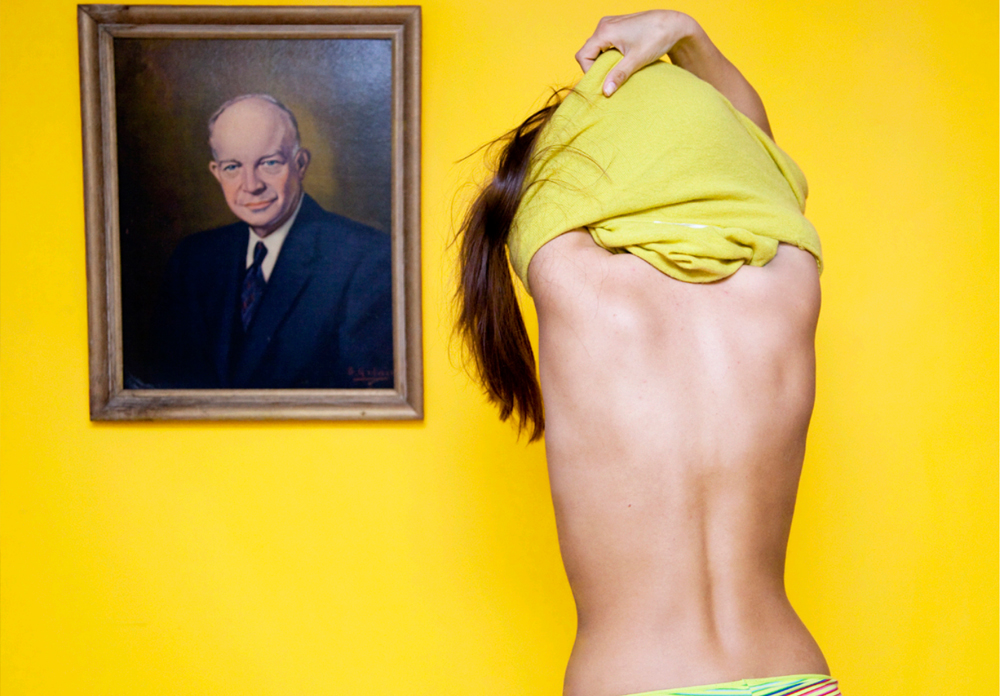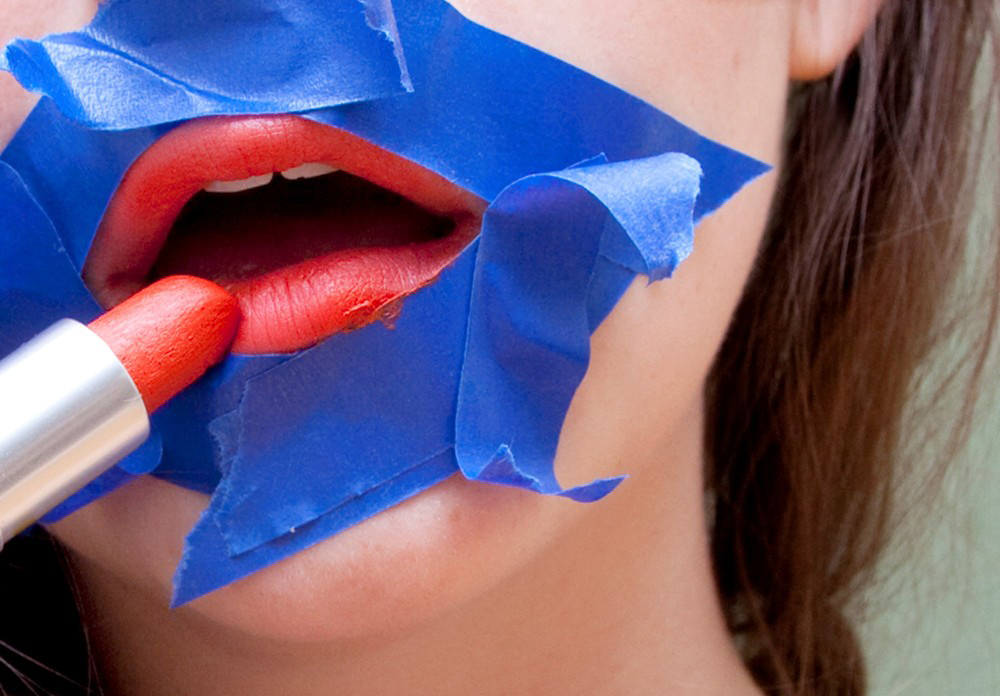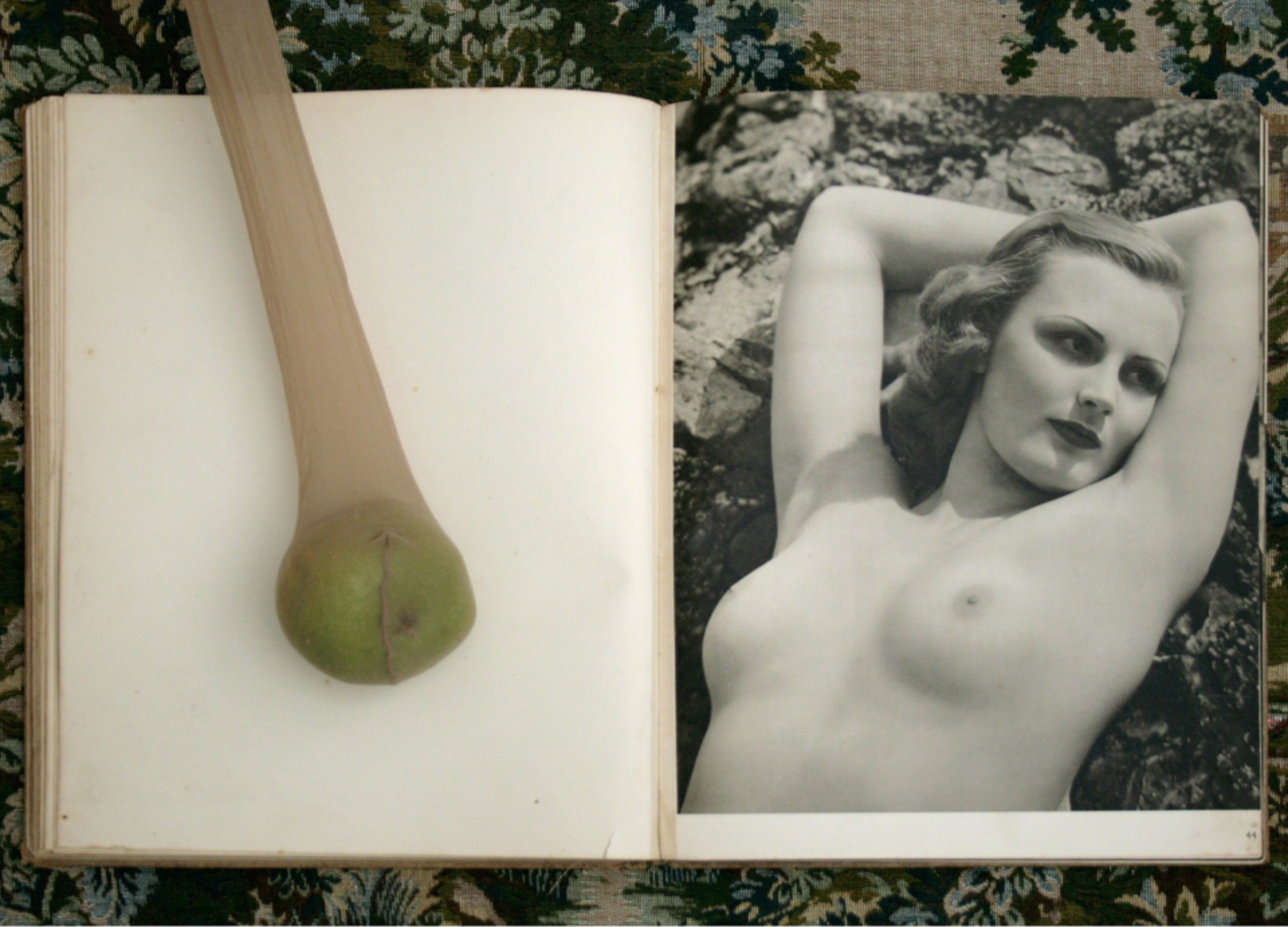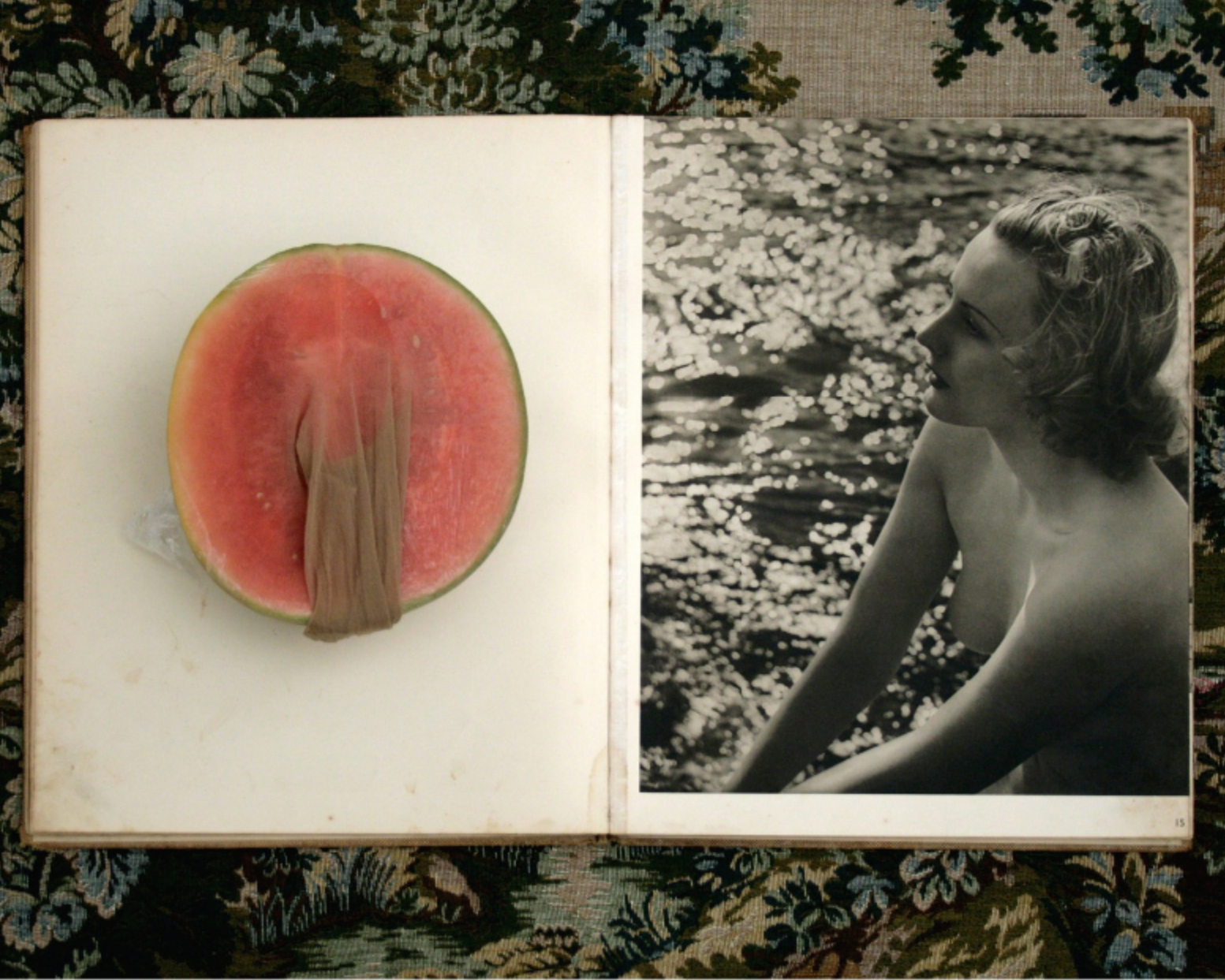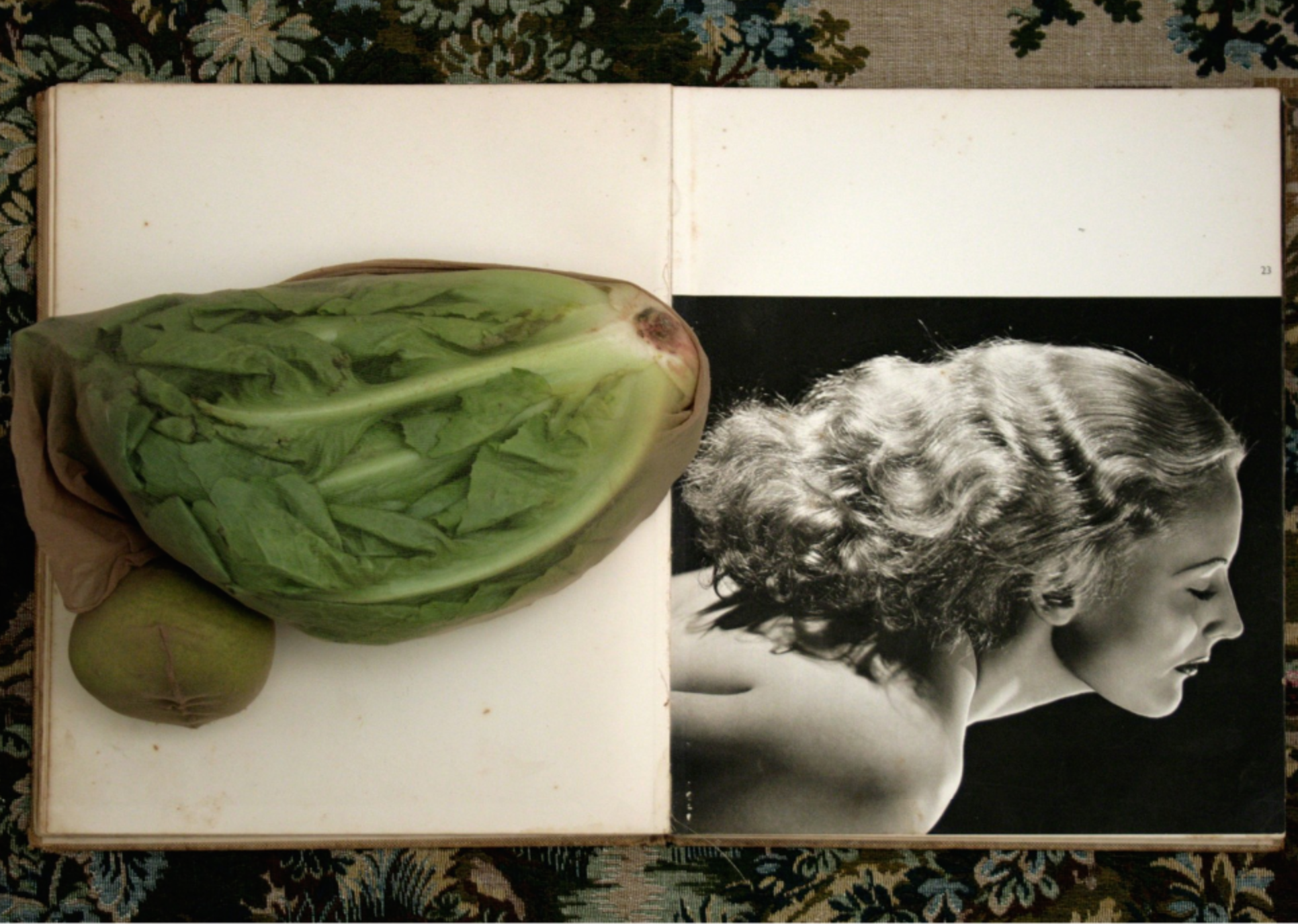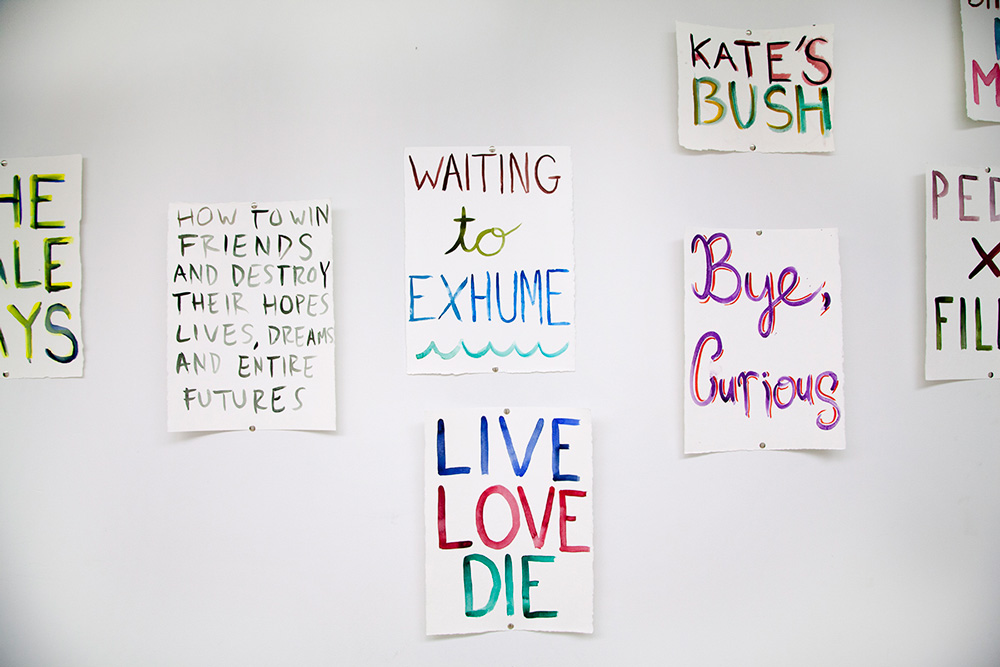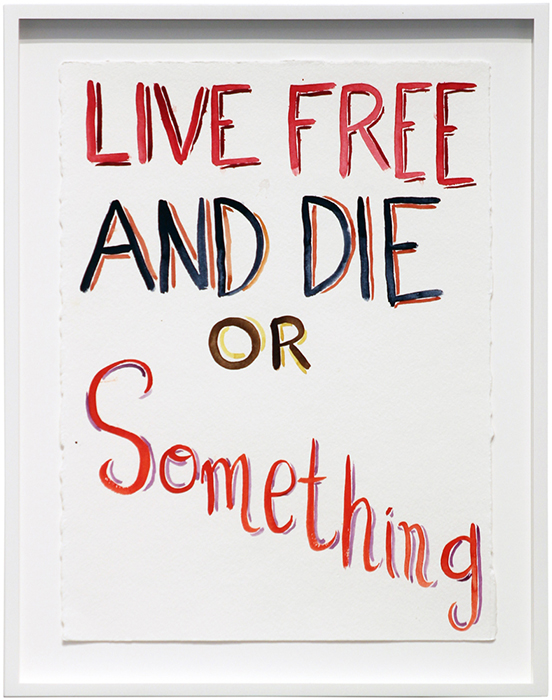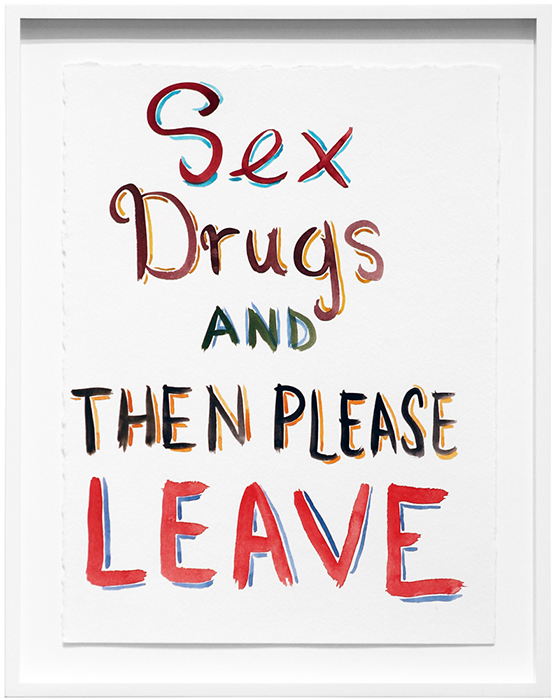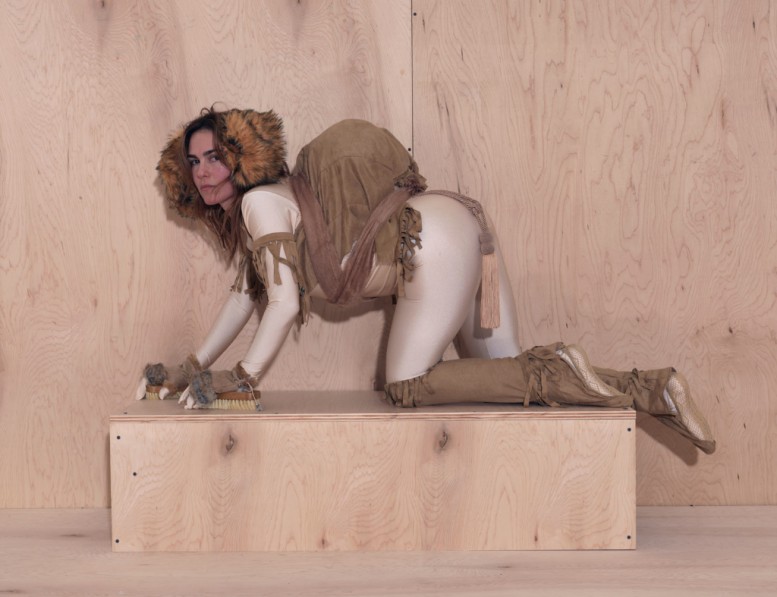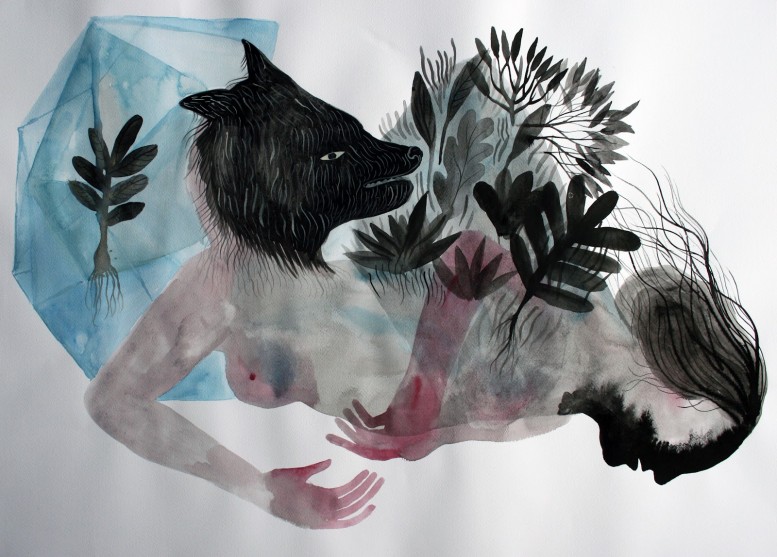After Genesis Breyer P’Orridge’s legendary “Prostitution” exhibition at the ICA in London – which included pornographic collages, bloody tampons, and prostitutes, transvestites, hustlers and punks intermingling with the audiences – P’Orridge was deemed a “wrecker of civilization” by House of Commons representative Nicholas Fairbairn. Coincidentally, at the same time that a debate was stirring in the Parliament and the House about the antics of P’Orridge and their neo-Dadaist art collective COUM Transmissions, they were in Kathmandu feeding and providing shelter for lepers, beggars and refugees at their own expense. Wrecker or healer – you decide. Indeed, Genesis has a mystical aura about them – they exist in a realm beyond music and beyond art, and they are truly one of this epoch’s great spiritual seers. Many people probably know Genesis from the brilliant documentary The Ballad of Genesis and Lady Jaye, which explores the artist's relationship with Lady Jaye and their pursuit to meld their identities into one using plastic surgery. Genesis is also the founder of formative "industrial" bands Throbbing Gristle and Psychic TV. For Genesis, art and music are one commingling mechanism of their vast creative pursuits. In late 2015 and 2016, Genesis will have a number of major solo exhibitions from Zurich to New York. This weekend, though, you can catch Genesis at the Jackie Klempay gallery in Brooklyn where they will be holding a “Pandrogaragenous Avant-yard Sale.” Genesis will be blessing objects as they are purchased – objects like Lady Jaye’s “throne” for her late night joint (an Afghani bridal chair with matching end tables), Songe-power figures, a Balinese human-sized chicken cage in which Gen took many an out-of-body ritual trip, Lady Jaye’s Peter Fox shoes, designer platforms, bolero jackets, clothes galore, DVDs, CDs, 1960’s trinkets, guaranteed used dildos, whips and more. Autre was lucky enough to get a chance to speak to Genesis about rebellion, COUM Transmissions, the importance of the subculture, and more.
Oliver Maxwell Kupper: What were some of your earliest introductions to art? Was it a challenge to explore art where you grew up? Did you have to travel abroad, or to London?
Genesis P’Orridge: Actually, we didn’t get taught art at school after the age of ten. We had to do it all on our own. We used to persuade my parents to get one of these weekly magazines that creates an encyclopedia. It was the history of art from the Stone Age to Modern Art. We read that every week, and that’s how we educated ourselves about different forms and the historical trajectory of art. And then, we persuaded the art teacher of the young kids to let me use his studio space. He would make materials available, and that’s where we started to paint and make sculptures and objects. That’s where we really got much more into it. Through him, we found out about Dada and surrealism and got some Thames & Hudson books of all things. Basically, we got into it by trying to copy things. We did one surrealist painting to learn how they got that smooth effect. A lot of it was mimicking what we’d seen in order to learn the techniques at home.
OK: Was there any specific artists from that era—either Dadaism or surrealism—that inspired you?
GP: Yeah, Max Ernst was the one that inspired me to try my hand at collages. That’s one we’ve done all the time ever since. We still make collages regularly. The first big exhibition we had in New York was of collages—going back 30 years of collages. It was cool, 30 years of being cut up. So we’ve never stopped making collages and little objects and quirky little boxes with strange things in them. Since 2003, maybe a bit earlier, when we got to New York, we started to work with Lady Jaye and create the artist Breyer P’Orridge. We started to take photographs to document that. Then, we started to exhibit those as well. So it snowballed. Between the collages and the pandrogeny photographic work, we came back into the art world having been missing since the late 70s. Now, we make objects and multiples. We’ve got a solo exhibition in Zurich in September. In March next year, we have a solo show at Invisible Exports. Their booth at the Armory Show will all be Breyer P’Orridge, and the Rubin Museum will be doing a solo Breyer P’Orridge on our relationship with Nepal and Africa. Next year, we have a lot of art exhibitions happening.
OK: Going back a little bit to COUM Transmissions, there was a lot of political and cultural upheaval. Is there any one thing that you could pinpoint that created this atmosphere?
GP: That point of time in the 70s in Britain, and to an extent in the United States, was a time that was post-hippie. People started to look at these more cynically. You saw all the classic symptoms of something being wrong with society and culture. Bigotry, economic totalitarianism, racism, conditioning through advertising and mass media—the whole gallop, the haves and have nots. In Britain especially—we still have the class system with the monarchy. It was blatantly oppressive in every possible way. There were the very rich who were trying to maintain that at any price. Then, there were the people who were disenfranchised, who literally had no future that could be seen. You’ve got punk, you’ve got industrial—both sides of the Atlantic. It was a rebellion against inequality and domineering cultures in general with their techniques of control, usually intimidation.
OK: Why is the counter-culture important to you specifically? Why is counter-culture important to culture in general?
GP: It’s the think tank—always has been, always will be. In any culture, at any point in the history of our species, there are those who feel dissatisfied with the power structures, the dynamics of who has control over what resources, and who decides what the moral taboos are and are not. And all moral taboos and policing of sexuality are different in every country as you cross the planet. There’s no fixed truth. There’s no definite moral standard except try not to hurt anybody. Beyond that, it’s all arbitrary. As Burroughs used to say, “If you want to know what’s going on, look for the best at interest.” You can always find them. It’s really easy to spot people who like to keep things just the way they are, because they’re winning with that system.
"That attack was a cry of rage against all the hypocrisy and double standards and the ignorance of those who have power to change things for the better. We were pissed off. We wanted to confront them and create a dialogue, which did happen. But then things change. You can only do that for so long, and then it becomes just a formula. You’re doing what people expect—they come to see if you’re going to do something outrageous, and then it has no meaning."
OK: Some of your shows have had some pretty extreme reactions—arrests, outrage, deemed a wrecker of Western civilization. What was your reaction to these reactions?
GP: Actually, it was dismay. Not because we cared what they said, but because we could see how it could lead to us being restricted in what we said and what we did. Ultimately, that did happen with the government in 1991. We were told we couldn’t go home for seven years or more. We’ve got to be honest here, there’s a part of me that was kind of tickled. I thought it was really pretty funny that they were asking questions in Parliament about used tampons. There were editorials in daily newspapers trying to explain anti-art and performance art to the general public, and not doing it very well. One newspaper editorial said that Genesis P’Orridge is an evil monster who should be locked in a cage and the key thrown away. It went on and on like that, how vile and disgusting and evil we were. That’s a bit intimidating. Not so much when they say it, but you think, what happened to Johnny Rotten—he got attacked in the street because right wing thugs got wound up by what they read about him. There’s always that risk that somebody idiotic is going to attack you. But it comes with the territory, really. What can you do?
OK: Do you have any advice for artists pushing the envelope today?
GP: Push it harder…Strategies change. COUM Transmissions was in the early 70s basically. That attack was a cry of rage against all the hypocrisy and double standards and the ignorance of those who have power to change things for the better. We were pissed off. We wanted to confront them and create a dialogue, which did happen. But then things change. You can only do that for so long, and then it becomes just a formula. You’re doing what people expect—they come to see if you’re going to do something outrageous, and then it has no meaning. Therefore, you’re not creating a dialogue, and so it’s failing. There’s sort of a curve of effectiveness for every strategy. You have to learn when to let go of that strategy and look at something else. We moved on to Thee Temple ov Psychick Youth and Magick, networking and setting up communities that were still outside the norm, ignoring the status quo. Saying, “What do we want to live like? What do we want our chosen tribe to try to believe? How do we want it to behave? How do we want to protect ourselves?” Then, you get to the point where you say, “Well, just looking after ourselves and building a little bubble where we actually live much more how we would like, how about everyone else who can’t do that?” You start to look at the world outside. That was when we went to Kathmandu and financed a soup kitchen for Tibetan refugees, lepers, and beggars at our own expense. For three months, we fed anyone who came—soup twice a day, with clean water and food. We got them through the winter so they survived. Ironically, that was when they were saying we were wrecking civilization and evil. They never mentioned, to this day, that we were working with Tibetan Buddhist monks in Nepal feeding and clothing people who had nothing.
OK: Improving the world.
GP: Yeah, improving the world. That’s what you get to. You realize, ultimately, it’s about evolution—how the species is going to evolve. Is it even possible for human beings to change their behavior and lose those immediate responses and ways of living? They’re so embedded from everyone’s culture inevitably—through the pressure of family, education, religion, and so on. You get to a point where it gets very spiritual and philosophical. It becomes a question of how we can modify human behavior in some way so that we stop damning ourselves as a species and do something fantastic, like colonize space.
OK: Do you think that’s where we’ll be in the future?
GP: If we don’t destroy ourselves first and end up like Mad Max. Those are the options, to me.
OK: Space or Mad Max… Music has been on the back-burner. Do you have any plans to get back to music or making music.
GP: We just finished a tour, actually. We played a concert for peace in Kiev in the Ukraine. We played a concert for peace in Tel Aviv in Israel. We played in Italy and France and some other places. We’re even rehearsing tonight. We’re probably doing one concert this summer in New York, at Pioneer Works. And we’ll be touring again in the fall. We tour every year. We just released a brand new album called “Snakes” on Angry Love Recordings, which is our label. We’re still doing that, but we don’t make a lot of noise about it—no pun intended. We played with Aaron Dilloway two weeks ago, at the Red Bull Festival. We’re still out there playing away.
OK: You’re having a garage sale this weekend, and you’ll be blessing items. What can we expect from this event? Is there anything particularly meaningful to you that you’re giving away or blessing?
GP: We’ve been to West Africa twice, to Benin. We’ve been working on a documentary about voodoo. You see the poverty. You see the inequity of Western cultures and foreign cultures. To have a surplus and look around my apartment and say, “Why have I still got all those things?” We just don’t see them when we walk around. They’re on our shelf, but we don’t look anymore. The clothes are in a closet, but we don’t wear them anymore. The books are on the shelf, but we’ve read them. Why are we bothering to keep those things when a) they could give pleasure to someone else and be reactivated, and b) the money could go to something much more positive and creative. It can make new things happen. So it becomes awkward having too much when you come from somewhere like Nepal where people have got nothing. You feel somewhat obscene. No matter how magnanimous and altruistic you are, no matter how much you try to help, you still realize that there’s never going to be enough you can do. So we tried, as a symbolic discipline for myself, to purge belongings and material things in order to a) remember that we’re so fortunate and b) to generate funding for new art program ideas, new videos, new music, whatever it might be. Or new charities—with Nepal and the earthquake. We’re going back in October in preparation for the exhibition next year. And what we find there is going to influence what we do and how we work with materials. And it will go towards, hopefully, building a bridge from the West to the Far East that will help in some way.
OK: It’s really devastating over there right now.
PG: Yeah, it’s a tragedy. Those temples that are hundreds of years old—gone. Those can never be replaced. You can’t even rebuild them. They had hundreds of years of devotion and people trying to explore consciousness. Because of a lot of Hinduism and Buddhism, to find ways to expand consciousness and develop compassion, generosity, and kindness. Those should be encouraged. So it’s a real tragedy, to see those centers of energy destroyed.
OK: Thank you so much for taking the time to talk to me.
PG: You’re really welcome, my friend. Tell everybody—come along. We have a little garden too, so we might have a little barbecue and snacks. We’re going to have little light shows and bubbles and psychedelic microfixtures. Bring back some colorful activism.
OK: I’ll make sure to spread the word.
Genesis Breyer P'Orridge's Pandrogaragenous Avant-yard Sale will be open from Saturday May 30 to Sunday May 31, 2015 at Jackie Klempay Gallery, 81 Central Ave (1A) Brooklyn, New York. text and interview by Oliver Maxwell Kupper




